Malfunctions of the Beko washing machine and tips for their elimination
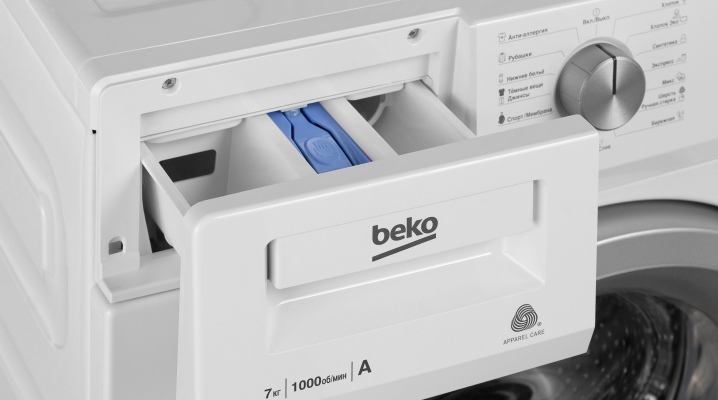
Washing machines have greatly simplified the lives of modern women. Beko devices are very popular among consumers. The brand is the brainchild of the Turkish brand Arçelik, which began its existence in the 50s of the twentieth century. Beko washing machines are distinguished by an affordable price and software functions similar to those of premium models. The company is constantly improving its products, introducing innovations that improve the quality of washing and simplify the care of equipment.
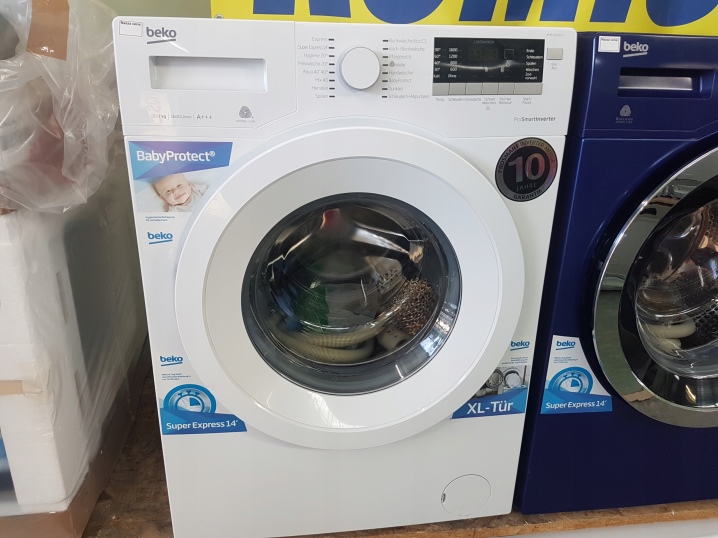
Features of Beko washing machines
The Turkish brand has established itself quite well in the Russian market of household appliances. In comparison with other world companies, the manufacturer is able to offer the buyer a quality product at an affordable price. The models are distinguished by their original design and the necessary set of functions. There are a number of features of Beko machines.
- Various sizes and capacity, allowing anyone to choose exactly the device that is most suitable for a particular case.
- Sophisticated software suite. Provides fast, hand, gentle wash, delayed start, washing of children's, dark, woolen clothes, cotton, shirts, soaking.
- Economical consumption of resources. All devices are manufactured with energy efficiency class A +, ensuring minimum energy consumption. And also the consumption of water consumption for washing and rinsing is minimal.
- Possibility to select spin speed (600, 800, 1000) and washing temperature (20, 30, 40, 60, 90 degrees).
- Various capacities - from 4 to 7 kg.
- The safety of the system has been well developed: full protection against leaks and children.
- By purchasing this type of appliance, you are paying for the washing machine, not for the brand.
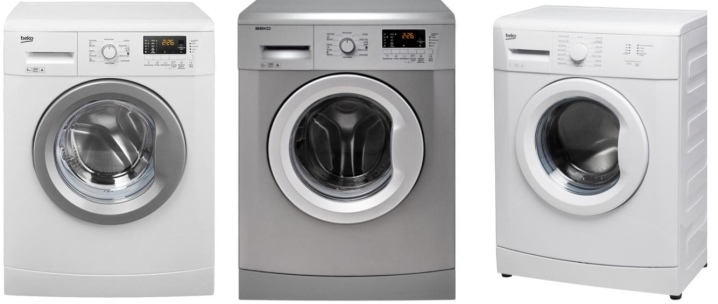
Causes of breakdowns
Each washing machine has its own resource of work. Sooner or later, any part begins to wear out and break. Breakdowns of Beko equipment can be conditionally divided into several categories. Those that you can fix yourself, and those that require specialist intervention. Some renovations are so expensive that it’s cheaper to buy a new washing machine than to fix an old one.
Starting to find out the cause of the breakdown, you need to understand how the technique works. The ideal option is to contact a specialist who will quickly detect the malfunction and fix it.

Many do not do this because of the high prices for services. And home craftsmen are trying to figure out the reasons for the breakdown of the unit on their own.
The most common malfunctions that consumers of Beko machines have to deal with are:
- the pump breaks down, dirt accumulates in the drainage paths;
- temperature sensors fail, does not heat the water;
- leaks due to depressurization;
- extraneous noise arising from a malfunction of bearings or the ingress of a foreign body into the device.
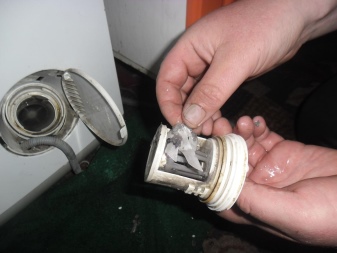
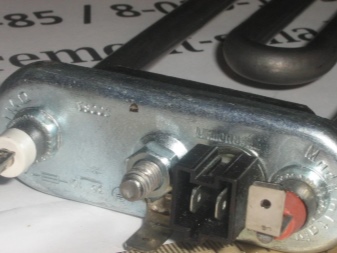


Typical malfunctions
Most imported household appliances can last more than 10 years without breakdowns. However, users of washing machines often turn to service centers for repairs. And Beko units are no exception in this regard. Often the faults are of a minor nature, and each of them has its own "symptom". Let's consider the most typical damage to this brand.
Does not turn on
One of the most unpleasant breakdowns is when the machine does not turn on completely, or the indicator arrow only blinks. No program starts.
All lights may be on, or the mode is turned on, the indicator is on, but the machine does not start the wash program. In this case, models with an electronic scoreboard issue error codes: H1, H2 and others.
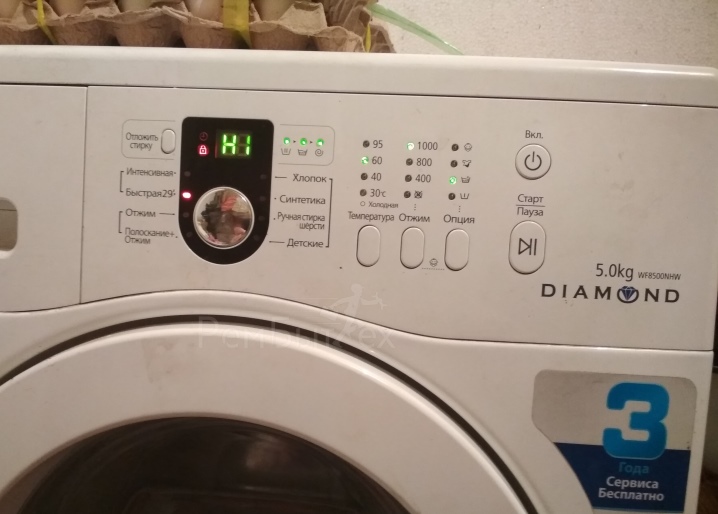
And this situation repeats itself every time. Any attempts to start the device do not help. There are several reasons for this:
- the on / off button has broken;
- damaged power supply;
- the network wire is torn;
- the control unit is faulty;
- over time, contacts may oxidize, which will need to be replaced partially or completely.
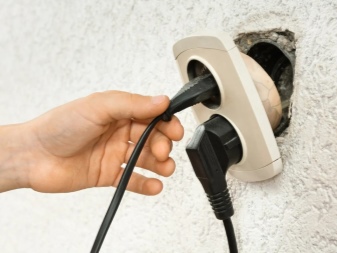
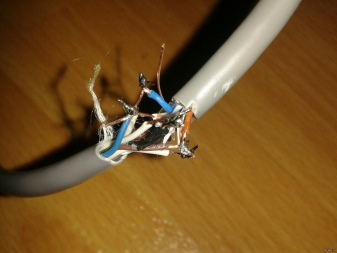
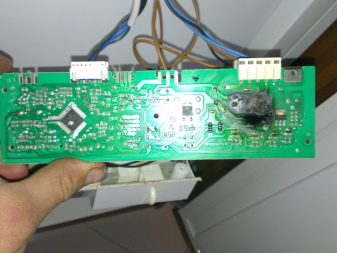
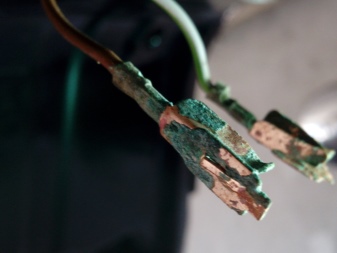
Does not drain water
After the end of the wash, the water from the drum is not completely drained. This means a complete stop in work. Failure can be either mechanical or software. Main reasons:
- the drain filter is clogged;
- the drain pump is faulty;
- a foreign object has fallen into the pump impeller;
- the control module has failed;
- the sensor regulating the water level in the drum is faulty;
- there was an open circuit in the power supply between the pump and the display board;
- software error H5 and H7, and for ordinary cars without electronic displays, buttons 1, 2 and 5 flash.
There are quite a few reasons why there is no water drain, and each has its own nuances. Unfortunately, it is not always possible to install it on your own, then the help of the wizard is required.

Does not wring out
The spinning process is one of the important programs. Before starting the spin, the machine drains the water, and the drum starts to rotate at maximum speed to remove excess water. However, spinning may not start. What is the reason:
- the pump is clogged or broken, because of this, the water will not drain at all;
- the belt is stretched;
- the motor winding has burned out;
- the tachogenerator is broken or the triac that controls the motor is damaged.
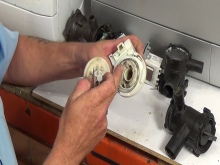
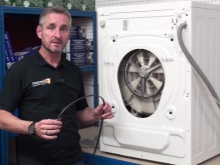
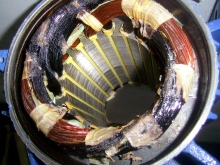
The first breakdown can be repaired by yourself. The rest is best solved with the assistance of a specialist.
Doesn't spin the drum
Faults can be very different. In this case, they are mechanical:
- the belt is torn or loose;
- wear of the motor brushes;
- the engine burned out;
- a system error has occurred;
- seized bearing assembly;
- water is not poured or drained.

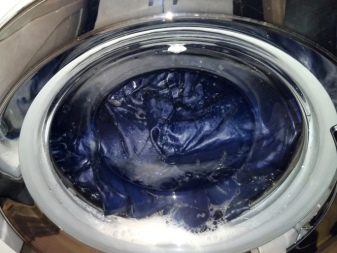
If the model is equipped with an electronic display, then it will display an error code: H4, H6 and H11, which mean problems with the wire motor.
Does not collect water
Water is poured into the tank too slowly or not at all. The rotating tank gives out a rattle, a rumble. This malfunction does not always lie in the unit. For example, the pressure in the pipeline may be very low, and water simply cannot rise up the filling valve, or someone has shut off the water supply valve on the riser. Among other breakdowns:
- the filling valve is faulty;
- the drain is clogged;
- failure in the program module;
- the aqua sensor or pressure switch has broken.
Close the loading door tightly before each wash. If the door does not close tightly, it will not lock to start work.
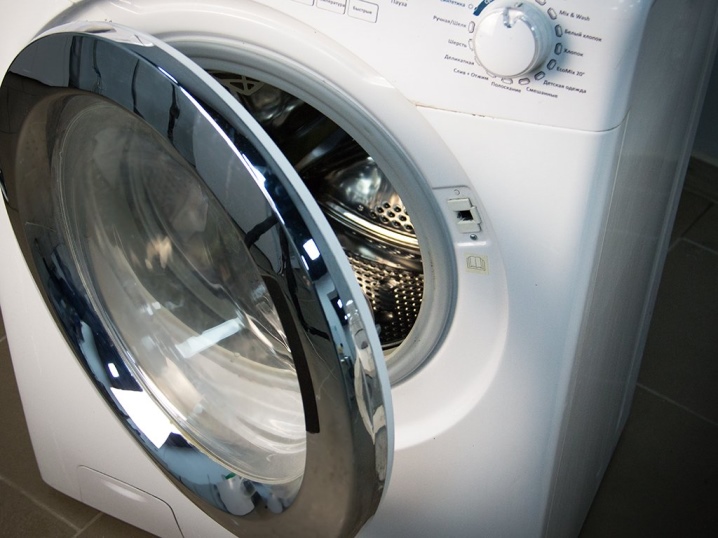
The pump is constantly running
Most of the Beko brand models are equipped with a special anti-leakage program. Often, such a breakdown is due to the fact that water is found along the body or under the machine. Therefore, the drain pump tries to drain the excess liquid to avoid flooding or overflow.
The problem may lie in the laying of the inlet hose, which over time can wear out and leak.
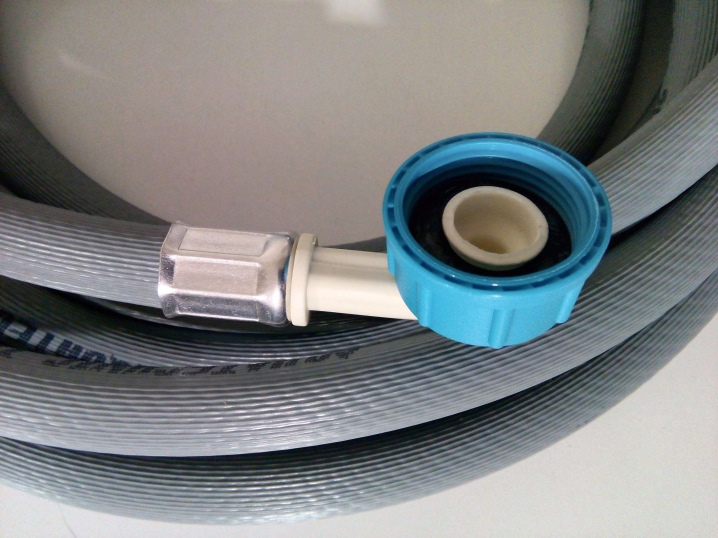
Doesn't open the door
The loading door is blocked when there is water in the machine. Washing is done either in cold or too hot water. When its level is high, the protective system is triggered. When the mode is changed, the door indicator flashes and the unit detects the water level in the drum. If it is valid, then the indicator drops a signal that the door can be opened. When the child lock is activated, the door will be unlocked a few minutes after the end of the wash program.
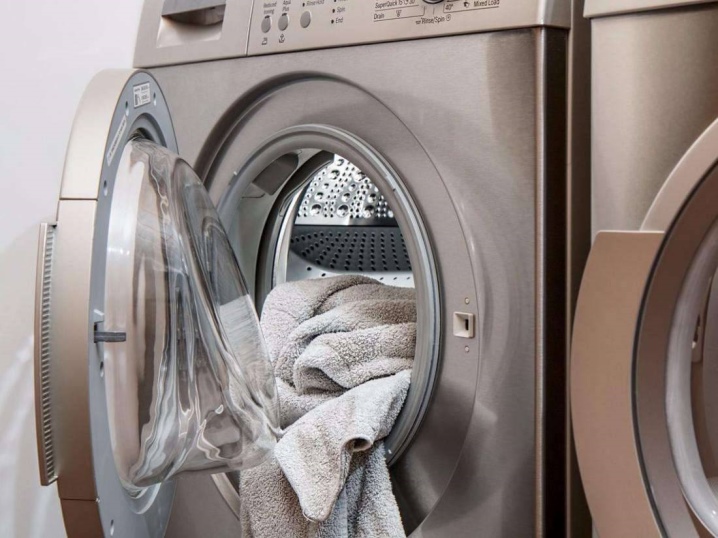
Useful Tips
In order for the device to serve you as long as possible, it is enough to adhere to the simple advice of specialists. Be sure to use only special powders designed specifically for automatic machines. They contain components that regulate the foam formation. If you use a detergent for hand washing, then excessively formed foam can go outside the drum and damage equipment parts, which can take a lot of time and money to fix.
One should not get carried away with the amount of powder. For one wash, a tablespoon of the product will be enough. This will not only save powder, but also rinse more effectively.
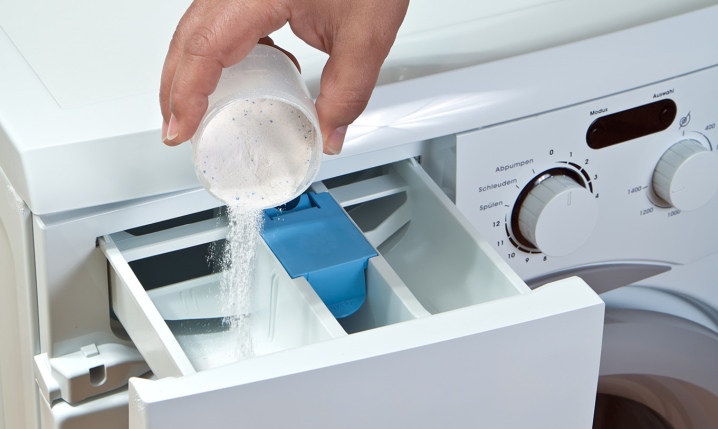
Excessive detergent can lead to leakage, which results from clogging of the filler neck.
When loading laundry into the machine, make sure there are no foreign objects in the pockets of your clothes. Wash small items such as socks, handkerchiefs, bras, belts in a special bag. For example, even a small button or sock can clog the drain pump, damage the tank or drum of the unit. As a result, the washing machine does not wash.
Leave the loading door open after each wash - in this way you eliminate the formation of high humidity, which can lead to oxidation of aluminum parts. Be sure to unplug the device and close the water supply valve after you have finished using the device.
How to replace bearings in a Beko washing machine, see below.









Washing machine VEKO WMD 67126 load 7 kg: after replacing the bearings (the tank is not collapsible, sawn, replaced, glued, keeps hermetically sealed, there is no leakage). Then he collected it, turned it on, the machine took in water and stopped, stood for a minute, took water again, and so on several times, but the engine did not turn on. What could be the reason?
The comment was sent successfully.